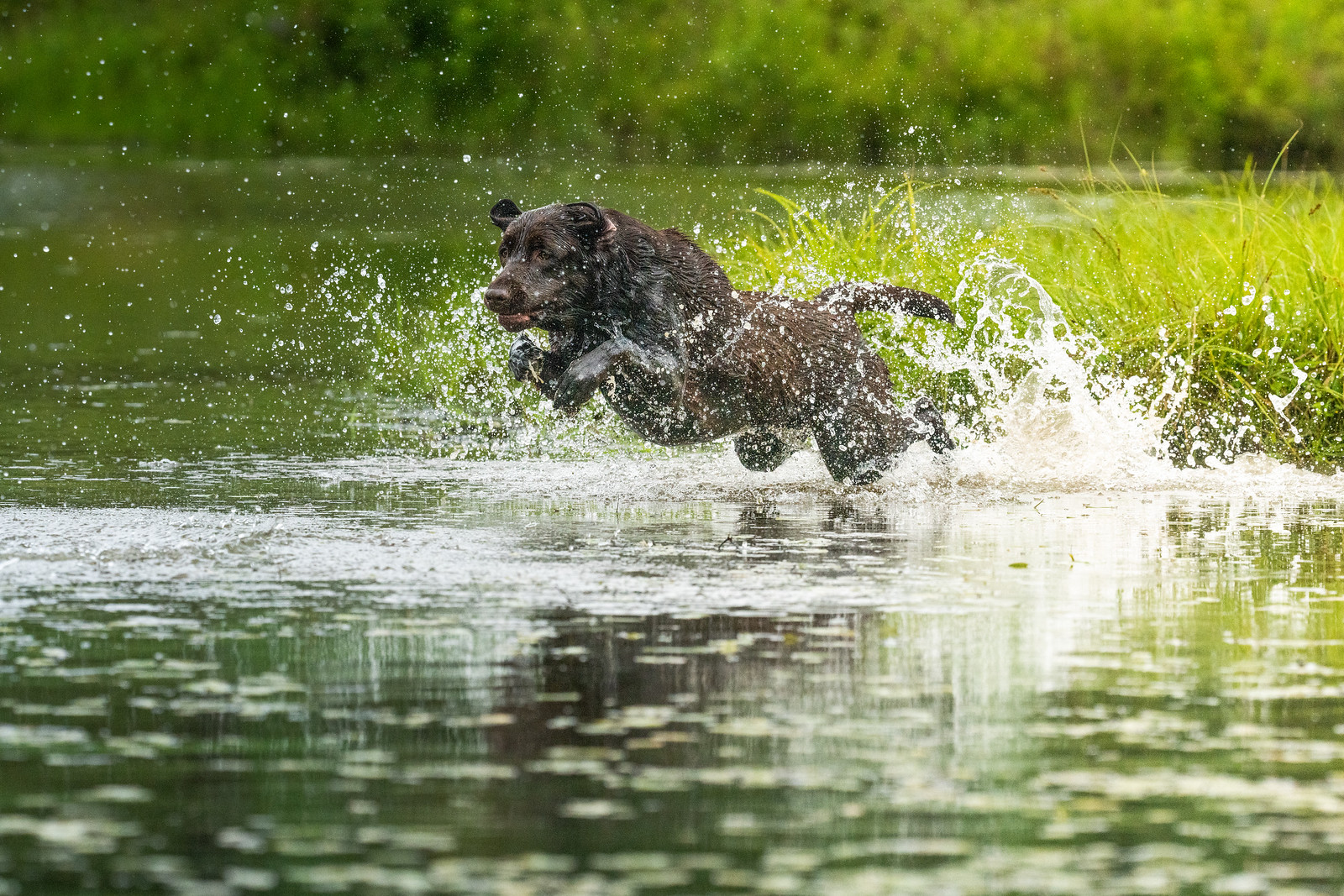Mastering Timing in Retriever Training: Why It Matters

Effective timing is crucial in retriever training. Whether you’re rewarding good behavior or issuing corrections, the timing of your actions significantly impacts your dog’s learning and behavior. A reward given too late won’t reinforce the desired behavior, while a reward given too soon can distract or reinforce the wrong action. Similarly, a delayed correction can lead to misunderstandings and further complications in training. Mastering timing is essential for advancing from a novice to a skilled gun dog trainer.
The Value of Time and Reps in the Field
There’s no substitute for the hours spent training your dog in the field. Practice and experience are key to perfecting your timing. To accelerate your improvement, consider filming your training sessions and reviewing the footage. Analyze whether you rushed casts or delayed marking desired behaviors. Videos can reveal timing issues that you might not notice in real time, helping you refine your approach. Building a deep understanding of your dog’s responses starts from the moment you bring them home and continues throughout their training journey.
Timing in Casting Drills
Consider casting drills as an example. If you’re running a T drill and your dog turns the wrong way on a cast, it’s tempting to let them continue before correcting. However, allowing this mistake reinforces incorrect behavior. Instead, correct immediately when the dog starts to deviate from the intended direction. This precise timing helps your dog learn the correct response and prevents the reinforcement of errors.
Conversely, if your dog struggles with popping or lacks momentum, it might be beneficial to let them carry a cast farther before correcting. Rushing to whistle-stop could undermine the momentum you’re trying to build. Timing is crucial for both rewarding correct behavior and managing mistakes.
The Importance of Verbal Rewards and Corrections
Timing isn’t just about physical actions; it also applies to verbal rewards and corrections. Dogs need immediate feedback to understand what they’re being rewarded or corrected for. Delayed praise may be interpreted as a reward for returning to heel rather than for the behavior in the field. Similarly, verbal corrections should be immediate to be effective. A delayed “no!” might be misunderstood as a correction for the delivery rather than the undesired behavior.
Adapting Timing to Your Dog’s Personality
Different dogs require different timing strategies based on their personalities. For excitable or fast-moving dogs, slowing down your commands and movements can help calm them. Conversely, for dogs that are less enthusiastic or slower, increasing the pace of your sessions can help maintain their engagement.
For dogs prone to breaking, anticipate their behavior and delay the release command to reinforce waiting. For dogs lacking enthusiasm, a faster pace and more excitement can boost their energy levels.
Clear Communication with Your Gun Dog
Ultimately, effective timing is about clear communication. Evaluate whether your rewards, responses, commands, and corrections are coming at the right time. Strive to communicate in a way that avoids confusion and builds trust. This focus on timing begins with basic training and continues through every aspect of your dog’s development.
BuildFromHere,
The Team at CGA
P.S. To enhance your skills in retriever training, explore our “Polish Your Handling Skills” module, which includes 14 lessons on improving your relationship with your dog. This module is available with all our courses. Click here to learn more about our training options.






